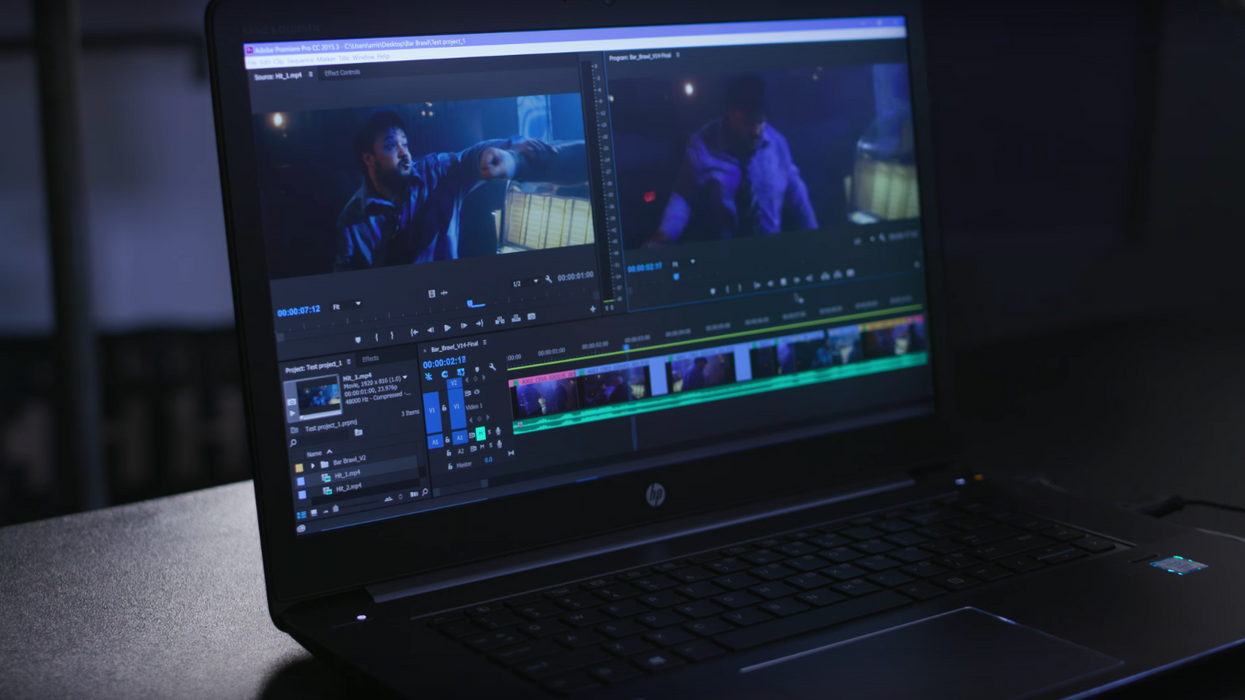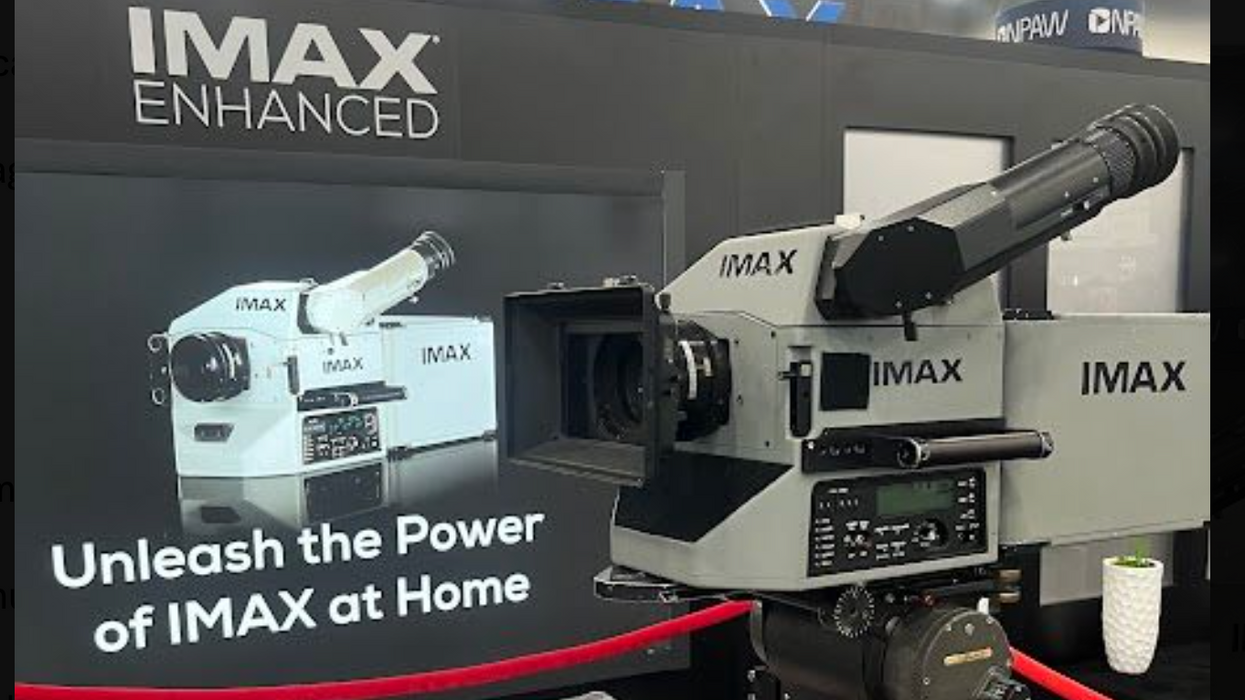5 Cuts You Should Always Have in Your Editing Arsenal
These cuts are the building blocks of editing, so knowing them is absolutely essential.

There are countless techniques you're going to need to know as an editor, but perhaps one of the most important one you're going to learn during your career is how to use cuts. These things are the fundamentals of continuity editing, and while a simple cut from one shot to another will more often than not be your go-to method, there are several others you should know about and master if you want to take your editing skills to the next level. Editor Justin Odisho explains and demonstrates some of them in the video below.
If you're an experienced editor, no doubt you've used or at the very least heard about these cuts before. However, if you're brand new to the game, these will definitely open new doors to your creativity.
The Standard Cut
The cut you're going to be using most of the time is also the most basic: the standard cut, which is literally just putting one clip next to another. To be honest, most projects don't "need" much more than standard cuts, so if you're just starting out and you want to perfect this technique, rest assured that you can edit your whole project with them exclusively.
Cut to B-Roll
If you edit a lot of documentaries, music videos, vlogs, or tutorials, cutting to b-roll, or supplemental footage, is a great way to not only give your audience a peek at what your subject is talking about but to also add some style to your project. Examples of this would be cutting to a shot of a sizzling in a pan if your subject is talking about how to make the perfect steak or cutting to some shots of a traffic jam if you're trying to communicate to your audience that your subject is late for an important meeting.
The Jump Cut
Jump cuts are great for adding a little style and flare to a piece, but it's important to know what they actually communicate to your audience. First, they are great for showing the passage of time, so if you're editing a tutorial or montage of something is being built or made over time, jump cuts will get you to the final product quickly. If you shoot short or feature films, jump cuts are also effective at communicating confusion, disorientation, or boredom.
Cut to the Beat
Music video editors use this technique all the time, but it's also effective in other types of videos as well. To put it simply, cutting to the beat means editing your footage so that the cuts match the rhythm of a particular piece of music. The obvious approach here is to edit your footage to the beat of the drums, but as Odisho points out, this isn't the only way to do it. Be creative and experiment!
Cut Perspectives
When you're bringing your audience into a new scene or establishing a new location, a good way to do that through editing is by cutting in and out of different angles and perspectives. It gives your viewer enough information to pinpoint the time and place of the scene, but it also offers them something interesting to look at as that's happening.
There are so many other essential cuts you should learn to become a more effective editor. J and L-cuts are certainly somewhere at the top of that list, but what are some others you think new editors should know about? Share your thoughts down in the comments.
Source: Justin Odisho












